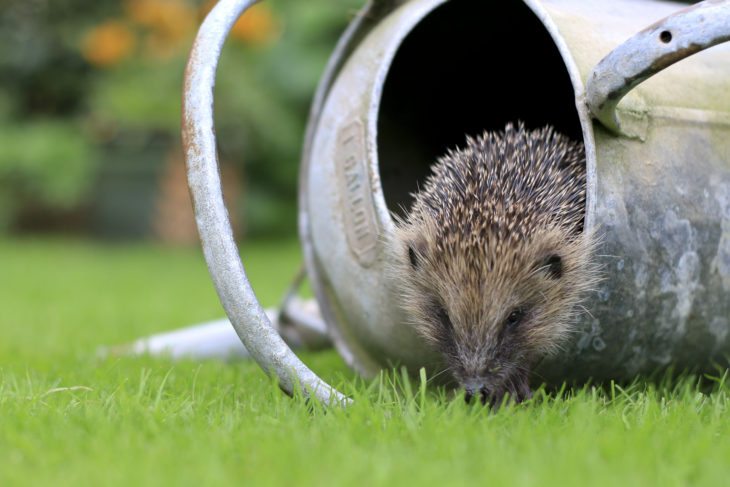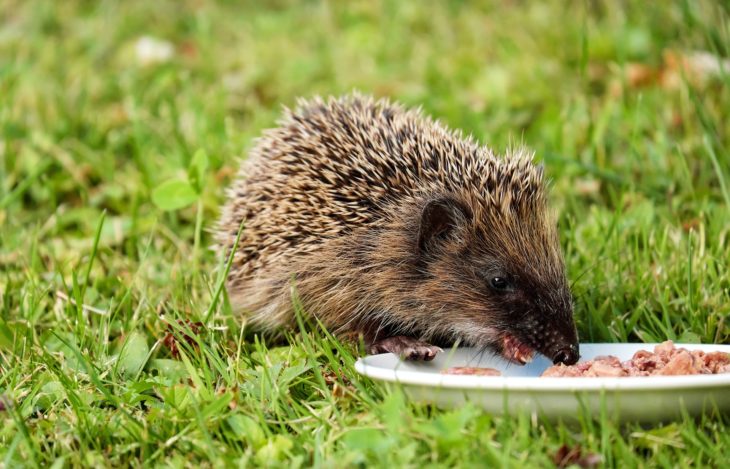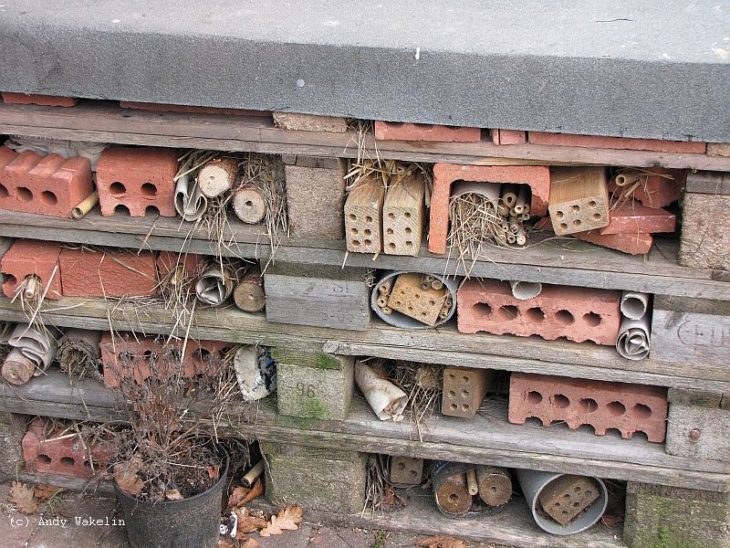Ten simple ways to help hedgehogs
When was the last time you saw a live hedgehog in the wild? For me it was 2015, and before that I hadn’t seen one in a truly natural setting since I was a child, about twenty years ago.
Hedgehogs are one of the nation’s favourite animals but they urgently need our help. They have suffered a severely rapid decline of a third since 2000, and the most recent estimate is just 1.5 million hogs across Scotland, England and Wales.

When this decline was spotted, the hedgehog was listed as a priority British Action Plan (BAP) species. In other words, it’s time to help them. Here are some simple ways you can do your bit.
Don’t use chemicals or slug pellets
Hedgehogs like to eat all sorts of bugs and molluscs like slugs and snails. If these creatures are covered in chemicals then they will pass those substances up the food chain. This can make hedgehogs sick – and there is even some evidence that a chemical commonly found in slug pellets could affect their ability to breed. Controlling slugs and snails yourself is also depriving hedgehogs of a snack.
Drive slowly and take care at night
Thousands of hedgehogs die on our roads every year. Many of these deaths could be prevented with a bit of care. Unfortunately hedgehogs are very vulnerable for a number of reasons. They are most active at night when visibility is poor, they are attracted to the heat of the road, and they travel great distances between habitats, which are becoming increasingly fragmented (broken up). Finally its main defence against threats is to curl into a ball, an effective technique against predators, sadly not cars!

Feed the hedgehogs
As a nation we love to feed the birds. We’re brilliant at it. Hedgehogs can’t reach the feeders, and aren’t much interested in bird seed anyway! So, put out some food specifically for the hogs. Please don’t put out bread and milk though – hedgehogs can’t digest bread and they are lactose intolerant. They will rate your garden restaurant much more highly if you put out some meaty pet food and water.
Link your garden to the hedgehog highway
Hedgehogs can travel huge distances, up to 2 kilometres in one night, and they thrive in garden and suburban habitats. But they can’t visit your garden if you don’t let them in. Try making a hedgehog sized hole in the fence (make sure you ask first if it’s not your fence!). Holes can be as small as 13cm by 13cm – small enough to prevent dogs and cats coming through.
Look out for underweight youngsters
Hedgehogs all need to reach a nice fat weight of 500-700g if they are going to survive winter hibernation. Baby hedgehogs, called hoglets, are born between April and August. Those born in August have much more eating to do over a shorter period of time, in order to get fat enough. This might seem like a fun challenge to you and me, but to a hedgehog whose survival depends on such a tight deadline, it’s not so fun. So if you see a very small hedgehog in the autumn, call an animal or hedgehog rescue centre, because it will not survive on its own.
Build a hedgehog home
Hedgehogs need a nice warm place to spend the winter, but there aren’t enough homes to go around. You can find instructions for building a really simple hedgehog house on the Wildlife Watch website.
Create a hedgehog larder
In addition to the food you can put out for your hedgehogs, you can also increase the amount of natural food in your garden. This is easily done by creating good habitats for the insects they like to eat. Simply add a log pile, and keep some areas of the garden untidy. Hedgehogs with a rumbling tummy won’t be able to resist.

Become a citizen scientist
When you see a hedgehog, first have a moment to enjoy it and experience it, and then write it down! Mammal Tracker is a great app that you can use to record wild mammals anywhere in Scotland on your phone. Compared to birds, mammals are really under-recorded, which can make it harder for conservationists to work out how best to help them.
Spread the word
Never underestimate the power of your voice. If you love hedgehogs, tell everyone about them. Give a presentation at your school, take part in competitions, join in with campaigns, and share information on social media. If we share our love of hedgehogs, more and more people will start to take notice, care, and help.
Hedgehog Awareness Week is organised by the brilliantly named British Hedgehog Preservation Society and in 2018 it is taking place between 6 – 12 May. Now is the time to find out more about our spiky little friend, and what we can do to help it.
Catherine Leatherland
People and Wildlife Officer
Help protect Scotland’s wildlife
Our work to save Scotland’s wildlife is made possible thanks to the generosity of our members and supporters.
Join today from just £3 a month to help protect the species you love.
Preface
When was the last time you saw a live hedgehog in the wild? For me it was 2015, and before that I hadn’t seen one in a truly natural setting …
